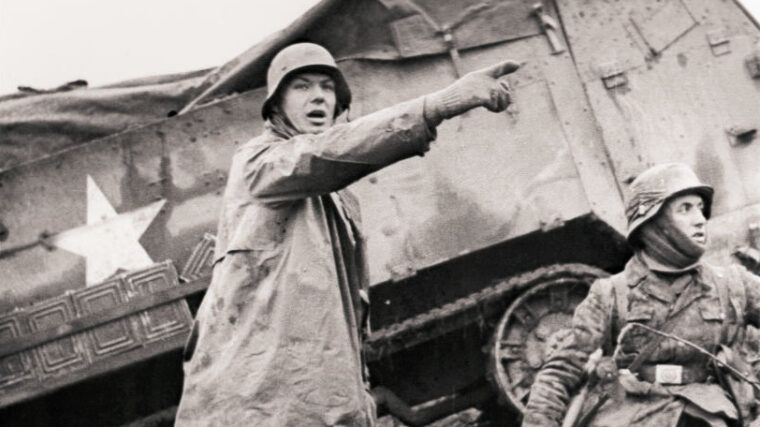
The United States Naval Academy Museum
By Blaine TaylorThe United States Naval Academy Museum at Annapolis, Maryland, is “an educational and inspirational resource for the Naval Academy Brigade of Midshipmen, other students of American naval history and thousands of visitors each year,” according to Shayne Sewell, assistant media relations director at the USNA Public Affairs Office. Read more





















